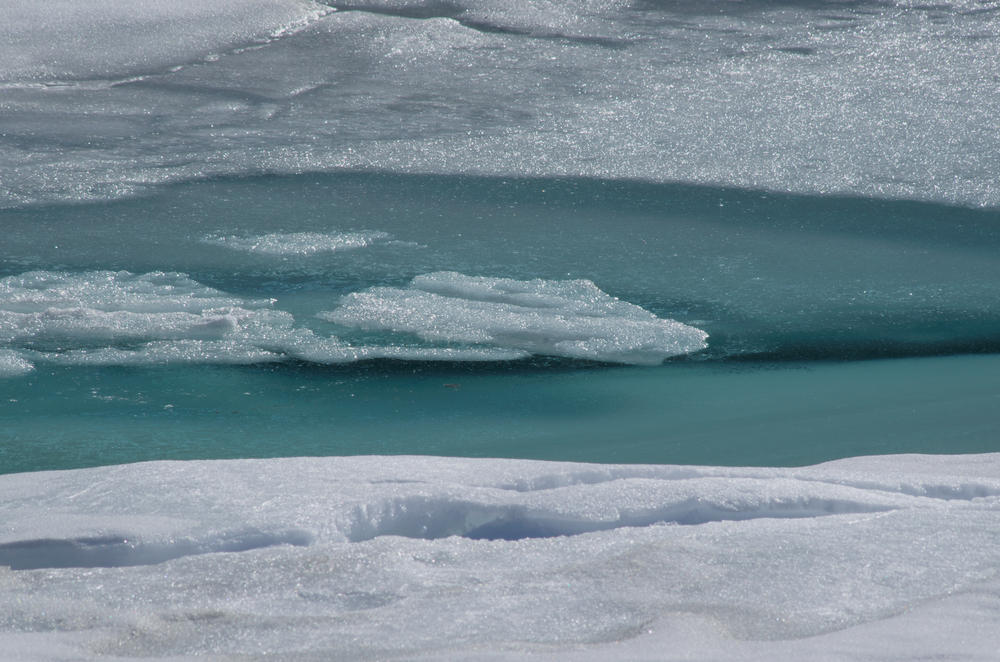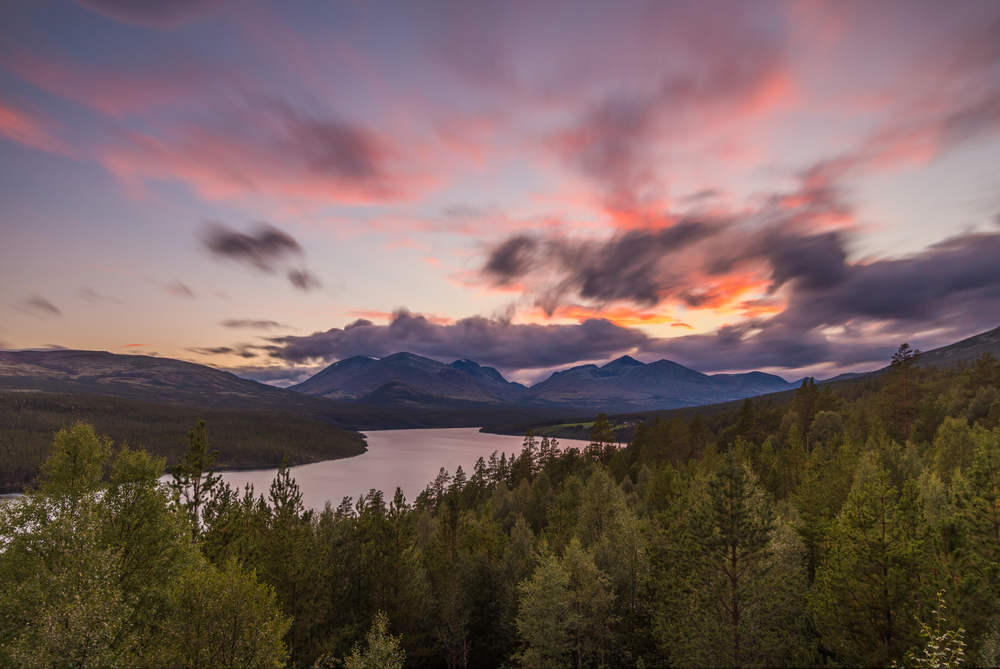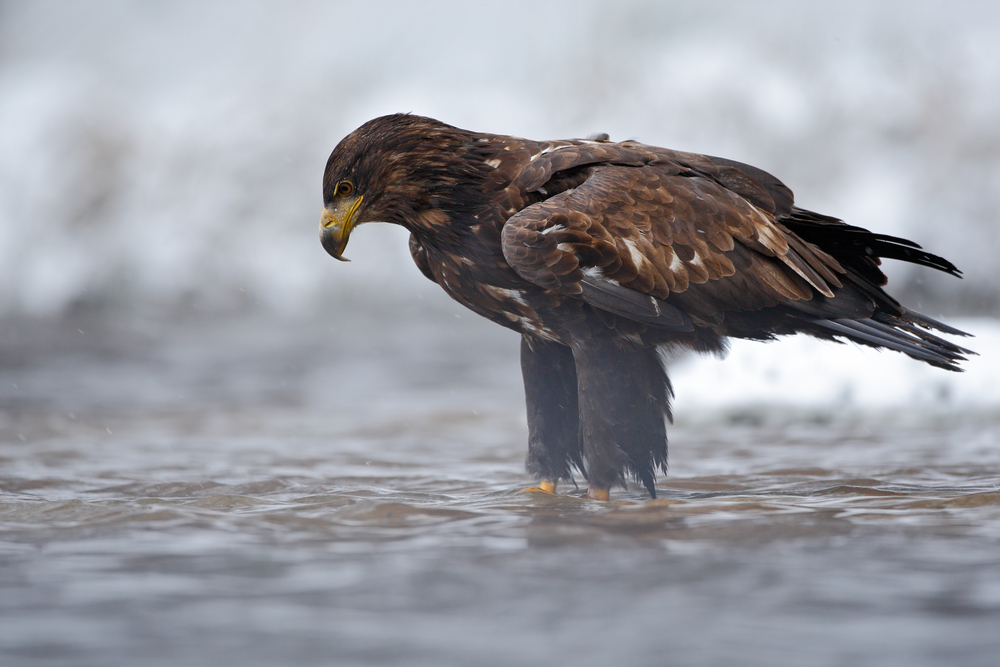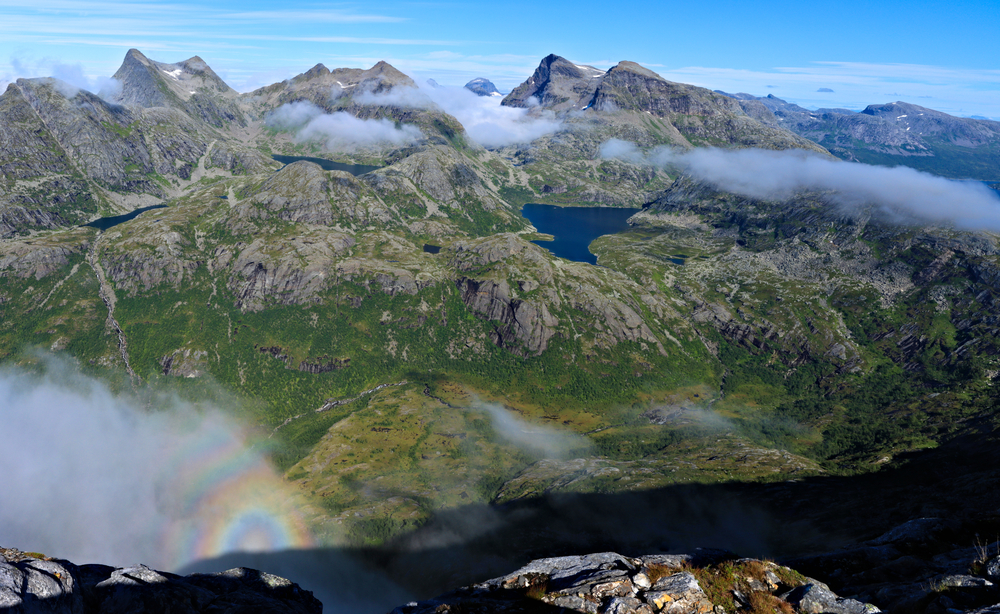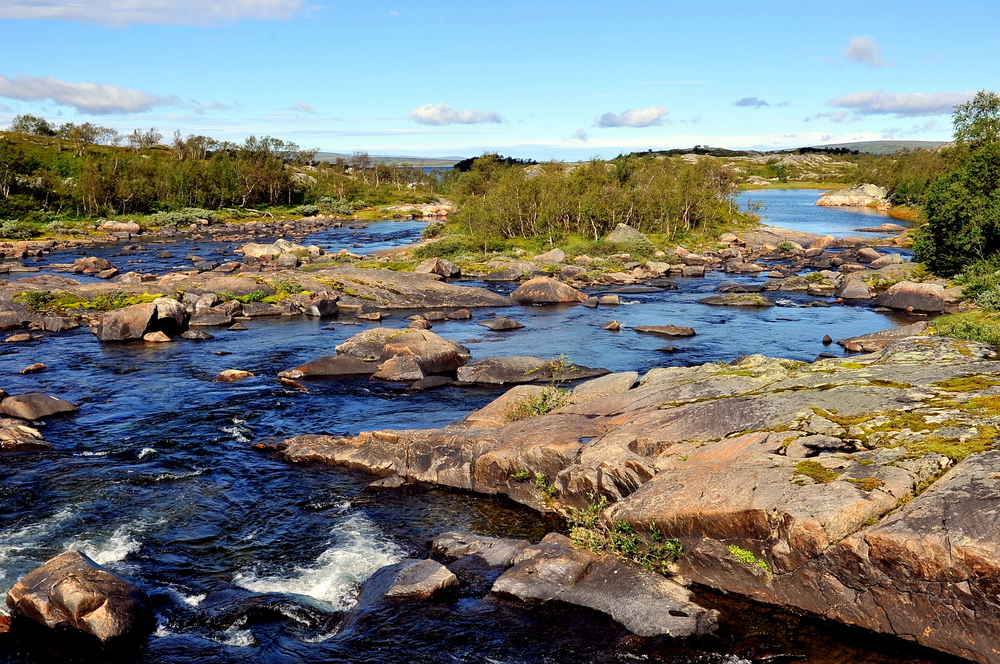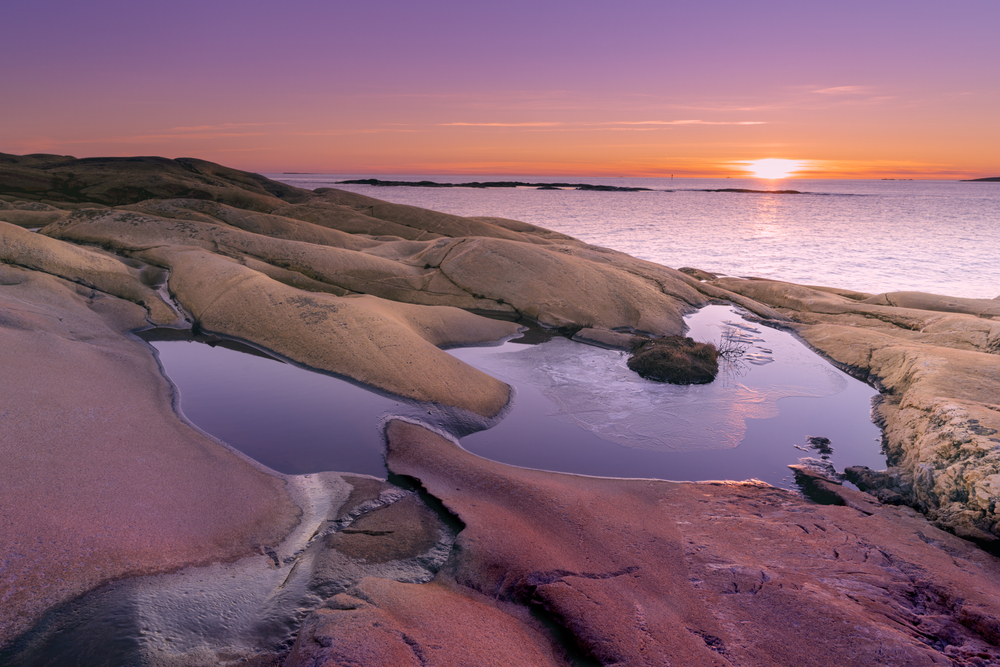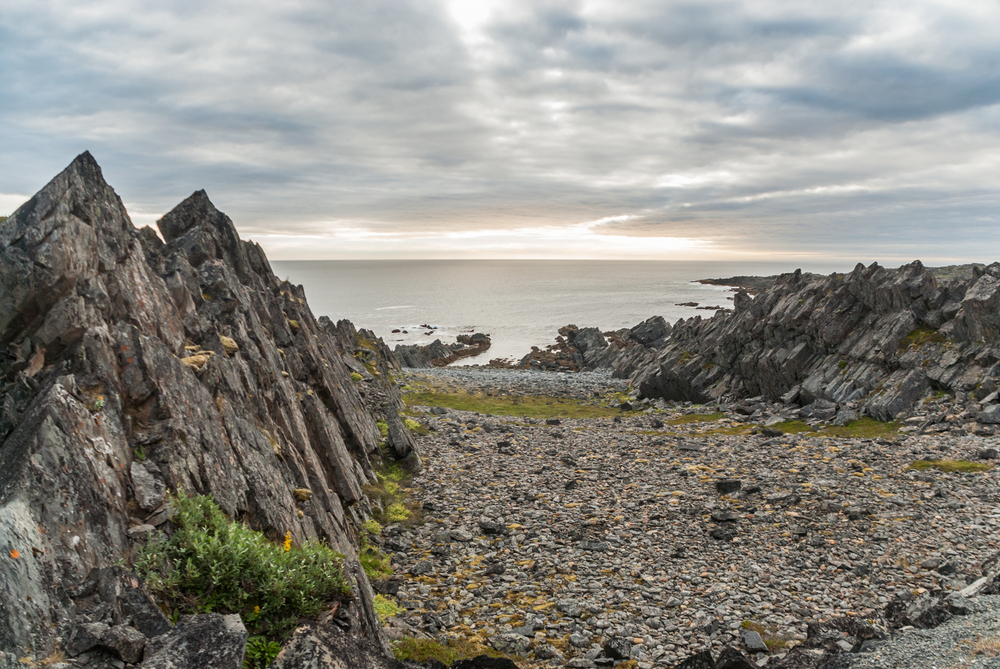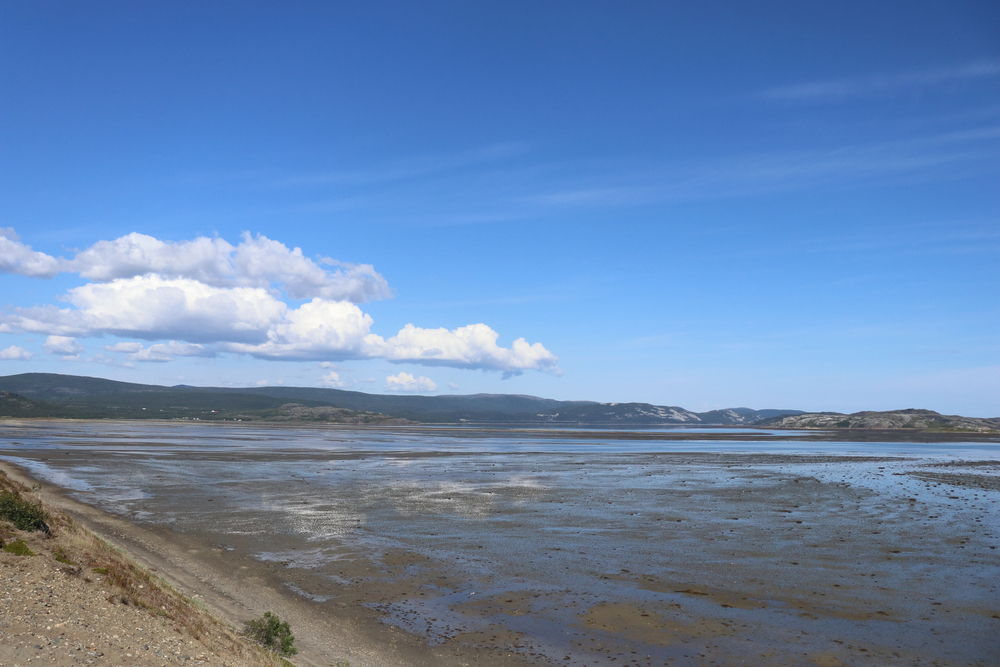Sør-Spitsbergen Overview
Sør-Spitsbergen National Park, located on the southern part of Spitsbergen, the largest island in Norway’s Svalbard archipelago, spans an area of approximately 5,301 square miles (13,722 square kilometers).
This remote Arctic park is a vast and dramatic wilderness that features a combination of rugged mountains, sweeping tundra, coastal plains, and immense glaciers. Some of the most striking landscapes within the park include the towering peaks of the Hornsund region, where sharp mountain ridges rise above deep fjords, and the large glaciers such as Torellbreen and Hornbreen that flow into the icy waters of the Greenland Sea.
The terrain is shaped by glacial activity, creating valleys, moraines, and permafrost-laden expanses that host an array of Arctic plant life. Although the vegetation is sparse due to the harsh climate, mosses, lichens, and cold-adapted flowering plants such as purple saxifrage and mountain avens thrive during the short summer months.
The park is home to a fascinating array of Arctic wildlife, with some of the region’s most iconic species found here. One of the most famous inhabitants is the polar bear, which roams the ice-covered fjords and tundra in search of seals. The Svalbard reindeer, a subspecies adapted to the extreme cold, can often be seen grazing in the tundra, while Arctic foxes navigate the rocky terrain, scavenging for food.
The waters surrounding the park are rich in marine life, including walruses that haul out onto ice floes and rocky shores, as well as ringed and bearded seals that serve as a primary food source for polar bears. Birdlife in Sør-Spitsbergen National Park is abundant, particularly during the summer breeding season.
The cliffs and coastal areas become home to large seabird colonies, including species such as Brünnich’s guillemots, black-legged kittiwakes, and Atlantic puffins. The park’s extensive coastal areas also attract migratory birds, including the Arctic tern, which undertakes one of the longest migrations of any bird species.
Among the most popular features of the park are its vast glaciers, deep fjords, and remote islands, which offer breathtaking views of the Arctic wilderness. The dramatic Hornsund fjord is particularly notable for its towering cliffs and ice-capped peaks, while the Storfjorden coastline provides a stark, windswept beauty that emphasizes the raw power of nature in the high Arctic.
The park’s untouched wilderness is best explored through guided expeditions that include boat tours, kayaking trips, and multi-day hikes across the tundra. Visitors often take part in wildlife safaris, seeking out polar bears and other Arctic creatures from the safety of boats or snowmobiles.
During the summer months, when the Midnight Sun keeps the Arctic landscape illuminated around the clock, adventurous travelers can witness the park’s wildlife in an unparalleled setting.
Sør-Spitsbergen National Park faces conservation challenges due to climate change, which is causing rising temperatures that impact the Arctic ecosystem. Melting sea ice is reducing hunting grounds for polar bears and altering the habitat of many marine species.
Additionally, there is growing concern about human impact from increasing tourism and potential resource exploration in the region. However, conservation efforts have been successful in protecting large areas of Svalbard’s fragile environment, with strict regulations on tourism and scientific monitoring to track environmental changes.
The park remains an essential refuge for Arctic wildlife and a key area for global climate research, ensuring that its pristine landscapes and unique biodiversity are preserved for future generations.








































































